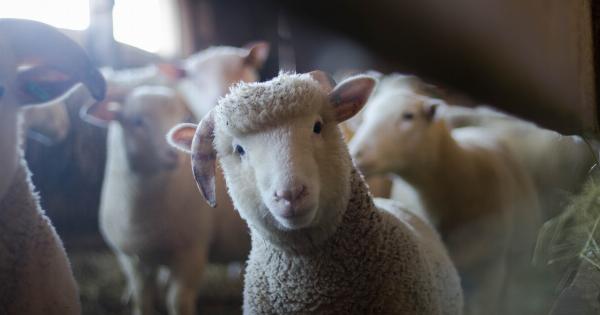For centuries, men have been fascinated with small tails. From ancient sculptures and artwork to modern-day social media platforms, men have expressed their admiration for this unique physical trait of some animals.
But what is it about small tails that makes them so attractive to men? In this article, we explore the surprising reason behind men’s fascination with small tails.
The Evolutionary Perspective
From an evolutionary perspective, the fascination with small tails can be traced back to our hunter-gatherer ancestors.
Hunting and gathering required keen observation skills, and the ability to quickly identify prey and potential dangers was essential for survival. As a result, humans developed a heightened sensitivity to visual cues, including the size and shape of an animal’s tail.
Small tails are often associated with agility and speed, qualities that are highly desirable in prey animals.
By catching animals with small tails, our ancestors would have had an easier time preventing them from escaping, ultimately leading to a more successful hunt.
Additionally, small tails can signal youth and healthiness in animals. This is because animals that are old or sick tend to have tails that are damaged or missing.
By selecting animals with small tails, our ancestors would have been more likely to obtain healthy sources of food.
Cultural Significance
The fascination with small tails is not limited to its practical benefits; it also has cultural significance. Throughout history, small-tailed animals have been admired and celebrated in many cultures.
In ancient Egypt, the goddess Bastet was depicted with the head of a cat and a small, tapered tail. In Greek mythology, the god Pan was often depicted with small goat-like tails.
In both cases, the tails were seen as a symbol of fertility and sexual prowess.
In more modern times, small-tailed animals such as squirrels, foxes, and cats have gained popularity as pets. These animals are often seen as cute and cuddly, with their small tails adding to their charm.
The Role of Social Media
With the rise of social media, the fascination with small tails has taken on a new dimension.
Platforms such as Instagram and TikTok have given people a way to share pictures and videos of animals with small tails, generating millions of views and likes.
Interestingly, the obsession with small tails on social media is not limited to just animals. Many men also express their admiration for women with small tails, often referring to them as “petite” or “cute.”.
While it is not clear why this attraction extends to human beings, it is likely that the same evolutionary and cultural factors that have shaped our fascination with small tails in animals also play a role in our attraction to small-tailed women.
The Dark Side of Small Tail Fascination
While the fascination with small tails may seem harmless, it can also have a darker side. Some men have developed an unhealthy obsession with women who have small tails, to the point where it becomes an objectifying and fetishizing behavior.
Women with small tails have reported receiving unwanted attention from men who are fixated on this physical trait.
This can lead to feelings of objectification and insecurity, as the attention is not focused on their personality or character but rather on a physical characteristic that they have no control over.
Conclusion
The fascination with small tails has a long and varied history and is rooted in both evolutionary and cultural factors.
While it can be seen as harmless admiration, it’s important to be aware of the potential for it to turn into objectifying and fetishizing behavior.






























